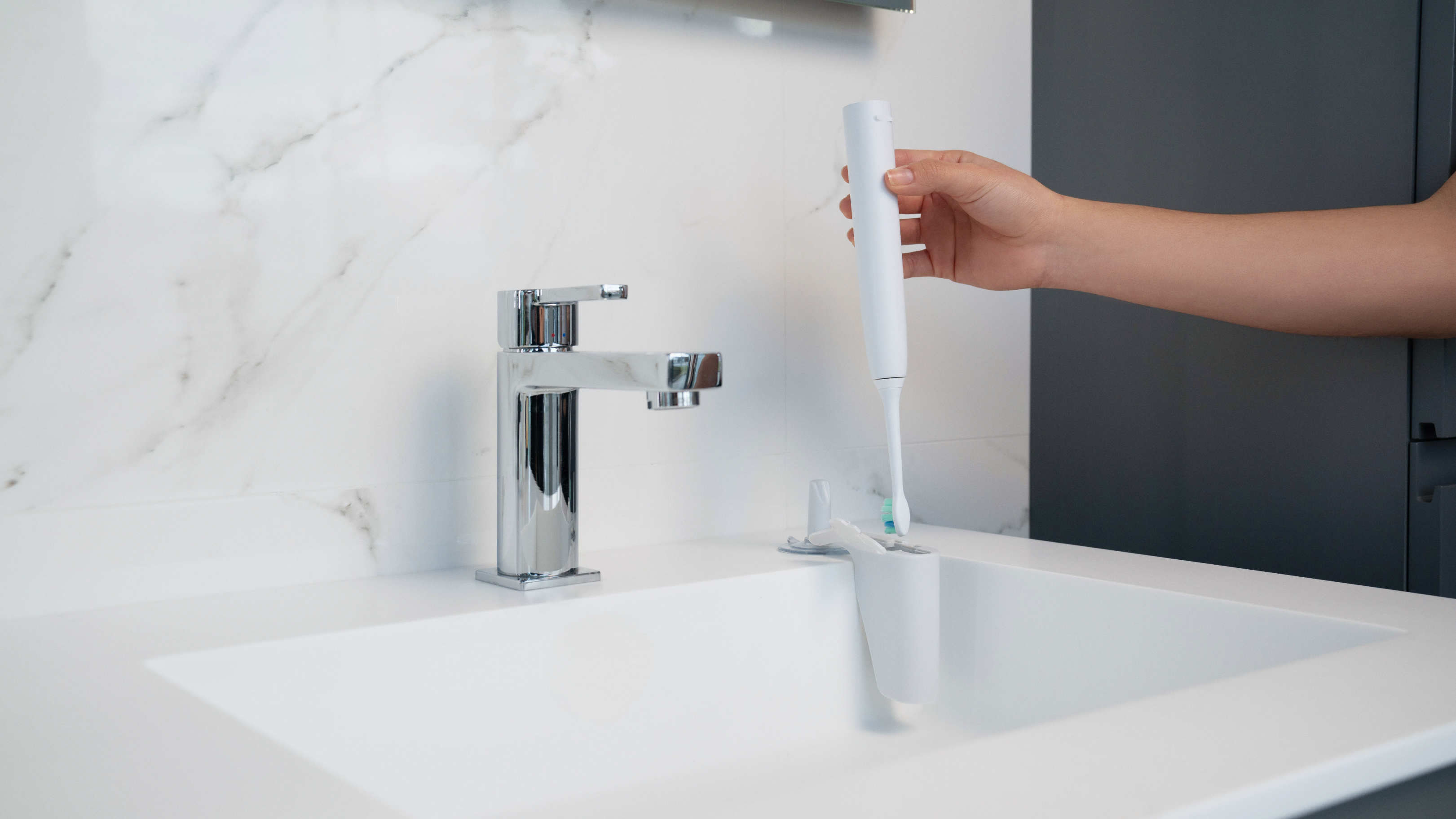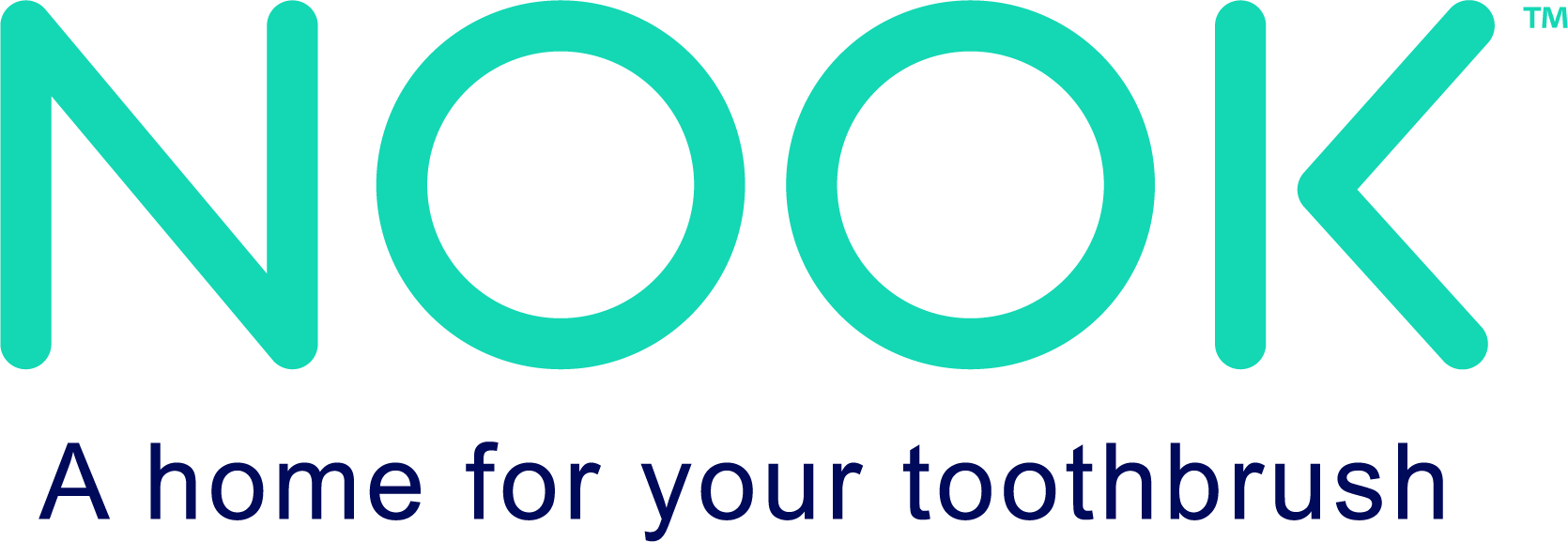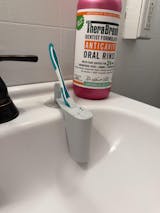Article: How Often Should You Change Your Toothbrush? Expert Tips for Optimal Dental Hygiene

How Often Should You Change Your Toothbrush? Expert Tips for Optimal Dental Hygiene
Maintaining proper dental hygiene is essential for a healthy smile and overall well-being. While brushing your teeth regularly is crucial, it's equally important to ensure that your toothbrush remains clean and effective. But how often should you change your toothbrush to maintain optimal oral health? In this blog post, we'll delve into expert recommendations and practical tips to help you determine the best time to replace your toothbrush.
Why Regularly Changing Your Toothbrush Matters
Before we discuss the frequency of changing your toothbrush, let's understand why it's necessary. Over time, the bristles of your toothbrush can become worn out and frayed, reducing their effectiveness in removing plaque and bacteria from your teeth and gums. Additionally, bacteria can accumulate on the toothbrush bristles and handle, potentially leading to oral health issues if not addressed promptly. By replacing your toothbrush regularly, you can ensure that you're maintaining optimal dental hygiene and reducing the risk of oral health problems.
Expert Recommendations for Changing Your Toothbrush
According to dental experts, including the American Dental Association (ADA), it's recommended to replace your toothbrush approximately every three to four months. However, certain factors may warrant more frequent toothbrush replacement:
- Bristle Wear: If you notice that the bristles of your toothbrush are frayed, bent, or splayed, it's a sign that your toothbrush needs to be replaced. Worn-out bristles are less effective at cleaning your teeth and can potentially cause damage to your gums.
- Illness: If you've been sick, especially with a contagious illness like the flu or a cold, it's crucial to replace your toothbrush as soon as you recover. Bacteria and viruses can linger on the bristles of your toothbrush, increasing the risk of reinfection.
- Electronic Toothbrushes: If you use an electric toothbrush, the replacement schedule may vary depending on the type of brush head you use. Most manufacturers recommend replacing the brush head every three to four months for optimal performance and hygiene.
- Visible Signs of Wear and Tear: Inspect your toothbrush regularly for any signs of wear and tear, including discolored bristles, loose or broken bristles, or damage to the handle. If you notice any of these signs, it's time to replace your toothbrush.
Utilizing a NOOK Toothbrush Holder for Better Hygiene
In addition to regular toothbrush replacement, using a NOOK™ toothbrush holder can further enhance your oral hygiene routine. A NOOK™ toothbrush holder helps keep your toothbrush upright and allows it to air dry properly between uses, reducing the risk of bacterial growth. Opt for a toothbrush holder with an open-back design, like NOOK™, which facilitates airflow and prevents moisture buildup. Using a NOOK™ toothbrush holder will not only keep your toothbrush clean but also expand its lifespan by ensuring proper drying and storage.
Choosing the Best Toothbrush for Your Needs
When selecting a toothbrush, opt for one that has soft or extra-soft bristles to avoid damaging your tooth enamel and gums. Whether you prefer a manual toothbrush or an electronic toothbrush, choose one that feels comfortable and allows you to effectively clean all surfaces of your teeth.
In conclusion, maintaining proper dental hygiene includes regularly changing your toothbrush to ensure optimal effectiveness and hygiene. By following expert recommendations and utilizing a NOOK™ toothbrush holder for better hygiene, you can keep your smile healthy and radiant for years to come. Remember, your oral health is worth investing in, so don't overlook the importance of a fresh toothbrush!


